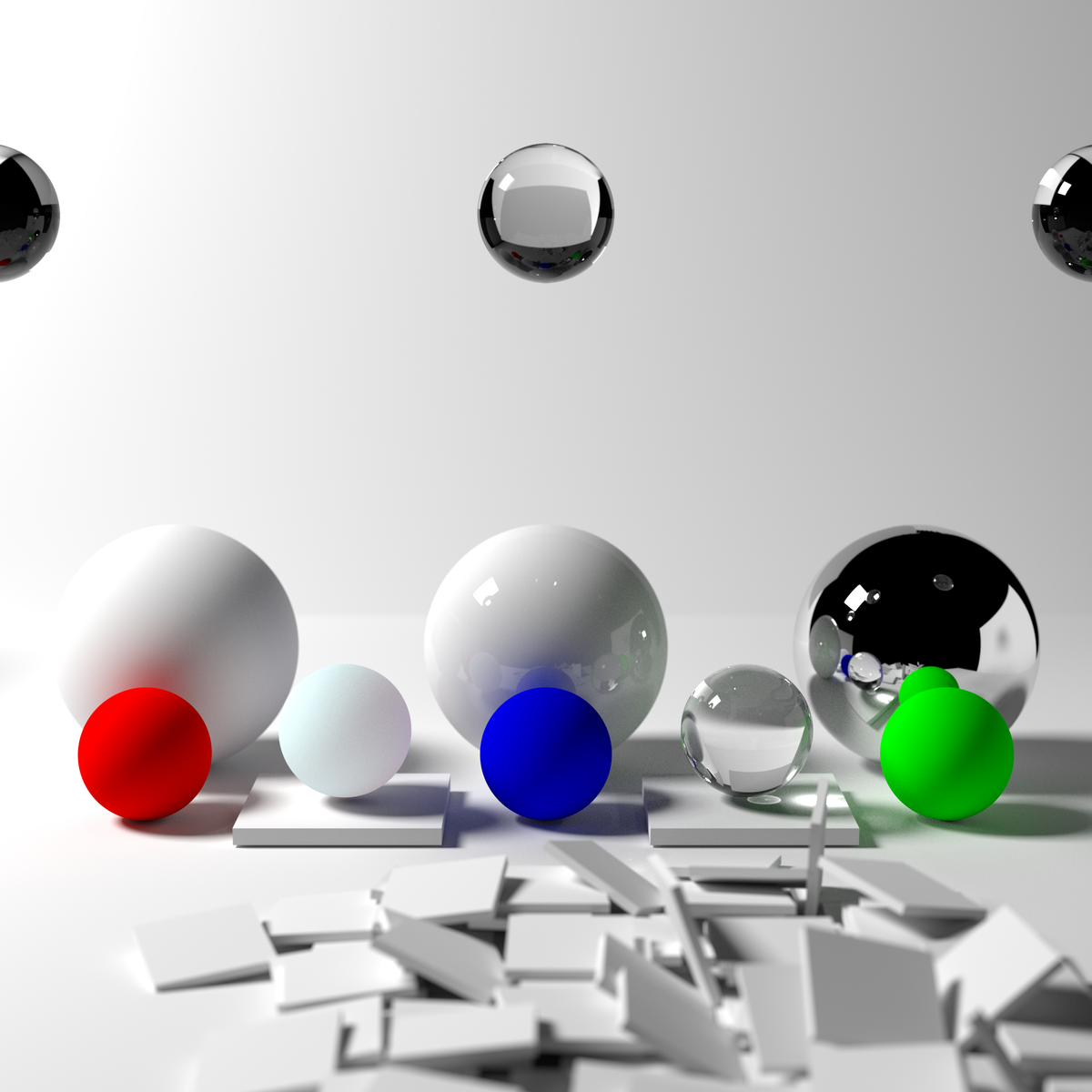Ray tracing arrived a few years ago, and now path tracing is almost within reach.
Real-time path tracing, the next stage of game rendering, is on the horizon,Nvidia says.
But wait–didn’t RTX just get here?

So what is path tracing, how is it different from ray tracing, and why does it matter?
Whether they’re in two or three dimensions, games are an illusion.
First, let’s talk about the primary different rendering methods used to put games on our screens.

Other processing, like anti-aliasing, is then applied to those pixels to show you the final product.
In the real world, light is complicated.
Every light source and object can emit, reflect, scatter, or absorb light.

Simulating all of that has historically been out of the range of real-time graphics processing.
So instead, much of this information is pre-baked into a scene.
Game developers have gotten incredibly good at faking natural-looking lighting effects.
When rendering a game, though, those elements are ignored until they’re on-screen again.
You’ll see that manifest as reflections suddenly appearing when you turn your game camera just slightly.
Additional effects are then added on after the fact.
With current rendering techniques, though, these reflections aren’t being calculated.
Some gamers believed this initially to be a quiet tribute to the Twin Towers.
Light, Simulated
That’s whereray tracingcomes in.
Ray tracing isn’t new–not even close.
It’s actually one of the oldest ideas for rendering three-dimensional graphics.
Ray tracing is a method of lighting a computer-generated scene by simulating the movement of light.
This is mathematically elegant and straightforward, but it takes a lot of graphical horsepower.
In older computer-animated movies that used ray tracing, single frames could take hours to render.
Until the last few years, real-time ray tracing was an impossibility.
In a rasterized scene, the different triangles don’t “talk” to each other.
Instead, their shadows and reflections are added on after the fact, as outlined above.
), and so on.
Imagine a simple cube-shaped room with a ceiling light and sun filtering in through a window.
There’s a table in the middle with a clear glass pitcher.
A curvy piece of glassware will refract the light down onto the table and onto the walls.
You drop in your emissive light sources, and the computer figures out how they light the room.
That stuff all just happens.
Think of it like “reverse path tracing.”
Ray and Path Tracing
Let’s talk about the difference between ray tracing andpath tracing.
As we discussed previously, ray tracing starts from your camera, the player’s perspective.
As the tech becomes cheaper and easier to implement, expect it to become more common.
Nvidia’s RTX cards were a huge jump forward for ray tracing, but are still very limited.
The path forward here is two-fold.
Dedicated hardware is only part of the equation.
That random sampling then has to be de-noised to give the viewer a clean image.
That’s just as important as the light simulation itself at the moment.
But using path tracing in real-time games is getting closer than ever.
There will be some road bumps along the way.
While ray tracing-enabled cards are still a smaller part of the market, they’re growing quickly.
For the developer, this means simpler scenes with less programming.
It also offers the possibility of new mechanics.
Or a puzzle that involves accurately bounced and blended lights in a game like Resident Evil or Tomb Raider.
Image Credit: Wikimedia Commons, Qutorial
Got a news tip or want to contact us directly?